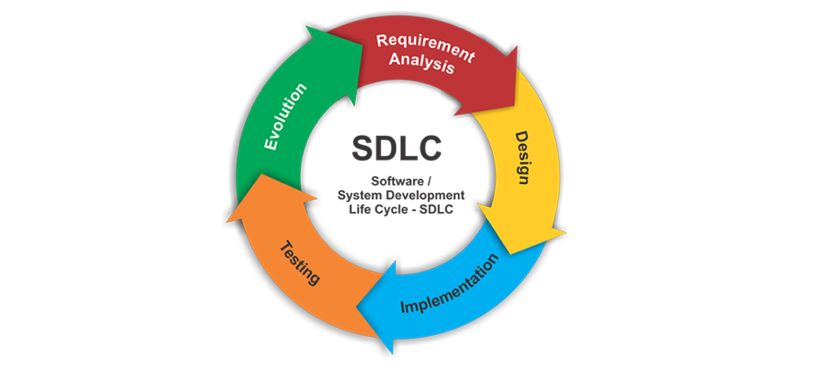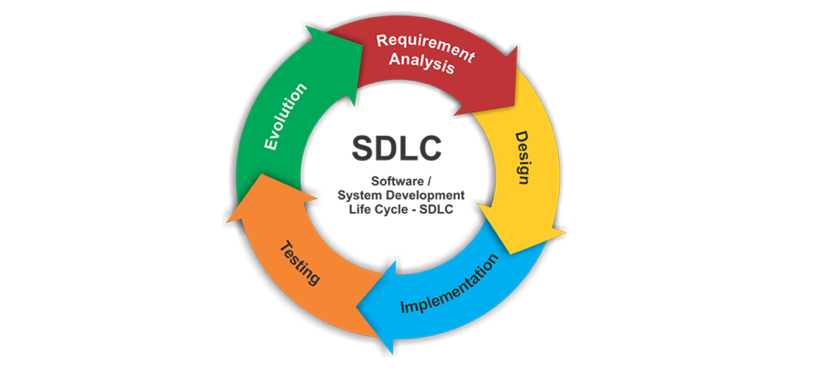There are several effective strategies that simplify complexities, complications, and concerns across the software development life cycle (SDLC). The SDLC is intended to provide guidance, visibility, predictability, clarity, and transparency throughout the end-to-end software engineering process. Unfortunately, it sometimes does the exact opposite. The SDLC can oftentimes lead to unforeseen issues, forgotten stages, or missed requirements if not properly planned. That’s why teams are constantly looking to implement game plans that alleviate complexities and promote simplicity.
As a software programming expert yourself, you should know the most effective tactics to uncomplicate your SDLC phases, requirements, and processes. This way, you can accelerate release dates, promote the procedural organization, and inspire stakeholder confidence. Plus, these strategic efforts encourage collaboration between programmers, IT managers, quality assurance (QA) specialists, and external end, users. Read on to learn the top strategies that simplify software development life cycle complexity.
1. Instill Clear Communication Protocols

Strong, engaged, collaborative, and clear communication is fundamental to the software development life cycle. Issues in communication can quickly lead to costly errors or unexpected delays. In rare cases, an entire software development project can be totally derailed if design, coding, testing, and release teams aren’t actively communicating. To alleviate these concerns, give your teams all the resources and support needed for strong day-to-day communication. Provide them with professional instant messaging channels, email addresses, and SMS messaging numbers. Then, keep critical team members informed of their roles, as well as high-priority business objectives.
This way, everybody is on the same page about what they’re working towards. With these protocols in place, you can maximize productivity, strengthen workplace culture, and reduce project errors. Plus, effective communication strategies enable you to maximize the available budget, improve developer retention, and accelerate expected release dates. Surely, strengthen communication practices to simplify phases across your custom software development life cycle.
2. Adopt Enterprise Cloud Nimble Technologies
In addition, alleviate SDLC complexities with the latest cloud-nimble technologies. A cloud-nimble operating model enables teams to maintain redundancy, employ security-compliant hybrid strategies, and keep critical data within geo proximity. Plus, it gives developers the power to allocate and shift critical workloads. This way, they can better adapt to change without sacrificing speed or system balance. Many proactive, forward-looking teams work with the market-leading multi-cloud DevOps platform by JFrog, to leverage a consistent operating model and hardened security posture.
Plus, this powerful solution supports multi-domain automation and distribution across best-in-class services. With this functionality, you can securely release DevOps applications and accelerate cloud migrations. Then, teams can begin using newly migrated cloud-based installations without any issues. Sometimes, they won’t even know that a change occurred – all thanks to this dependable, consistent feature set. Certainly, adopt enterprise cloud nimble technologies to promote simplicity across your software development life cycle.
3. Embrace A Well-Tested Development Model

Another smart strategy for simplicity is to embrace a well-tested SDLC model. There are hundreds of popular software development models to choose from. Basically, these methodologies establish how your team should move from one programming phase to the next. Today, some of the most popular options are DevOps, agile, and waterfall. DevOps, specifically, is a great choice for collaboration, rapid issue resolution, and stable operating environments. It can additionally lead to greater automation, innovation, and visibility. Of course, you can also choose from options like lean, spiral, and rapid application development (RAD).
When selecting a framework, remember that the easiest and simplest option is not always the best choice. Ultimately, you want to choose the best procedure that aligns with your specific type of project, along with your specific business needs. Before finalizing your decision, speak with key contributors of your team – including lead developers, stakeholders, and cybersecurity experts. Indeed, embrace a well-tested development model to simplify your SDLC this year.
4. Identify Potential Issues Early-On
Before diving into the software development life cycle, give yourself plenty of time to forecast potential issues or problems. There are several common difficulties you may encounter throughout the SDLC. For a start, many teams face high-level security concerns. Unfortunately, these are often left unchecked and unmonitored – leading to significant security flaws, hacks, or data breaches down the road. Developers also regularly run into problems with automated operations.
Teams usually implement these in an effort to streamline workflows, eliminate human error, and accelerate time-to-market. Unfortunately, you may encounter defects within your artificial intelligence (AI) supported algorithms. If left unchecked, this can cause serious delays or major vulnerabilities across your application. Definitely, early issue detection is a fundamental strategy to simplify your software development workflow.
5. Plan For Post-Deployment Maintenance

Many companies end their software development life cycle with “release.” Unfortunately, the SDLC is far from over at this stage. More than ever, you need to dedicate ample time, energy, and resources toward post-deployment maintenance. Because of this, you should think of the SDLC as a continual process, which is always ongoing. So, you should establish procedures for how often, when, and how to conduct system maintenance. Specifically, you should outline what the end-to-end application maintenance process looks like at your firm. Also, set guidelines for what to do when a bug, defect, error, or problem is encountered.
Further, appoint a designated maintenance officer in your SDLC plan. This way, these efforts are continuously performed by an experienced, qualified, and pre-selected professional. In many cases, this will be a member of your security or quality assurance (QA) team, who also shares some prior development experience. Absolutely, plan for post-deployment maintenance when simplifying your current software development life cycle.
There are several fundamental strategies to simplify software development life cycle complexities. First and foremost, establish clear, effective strategies for communication. This helps to inspire productivity, develop strong workplace culture, and save on coding time. In addition, transition your organization to a cloud-nimble operating model. Powerful nimble technologies offer the same benefits as cloud computing. There are also proven benefits to embracing a proven, well-tested development model.
Options like waterfall, DevOps, lean, and spiral are incredibly popular options to adopt. More, identify potential bugs, weaknesses, errors, or issues early-on in the development process. Furthermore, dedicate plenty of time, energy, and resources towards post-deployment system maintenance. Follow the points above to learn the top strategies that simplify software development life cycle complexity.





